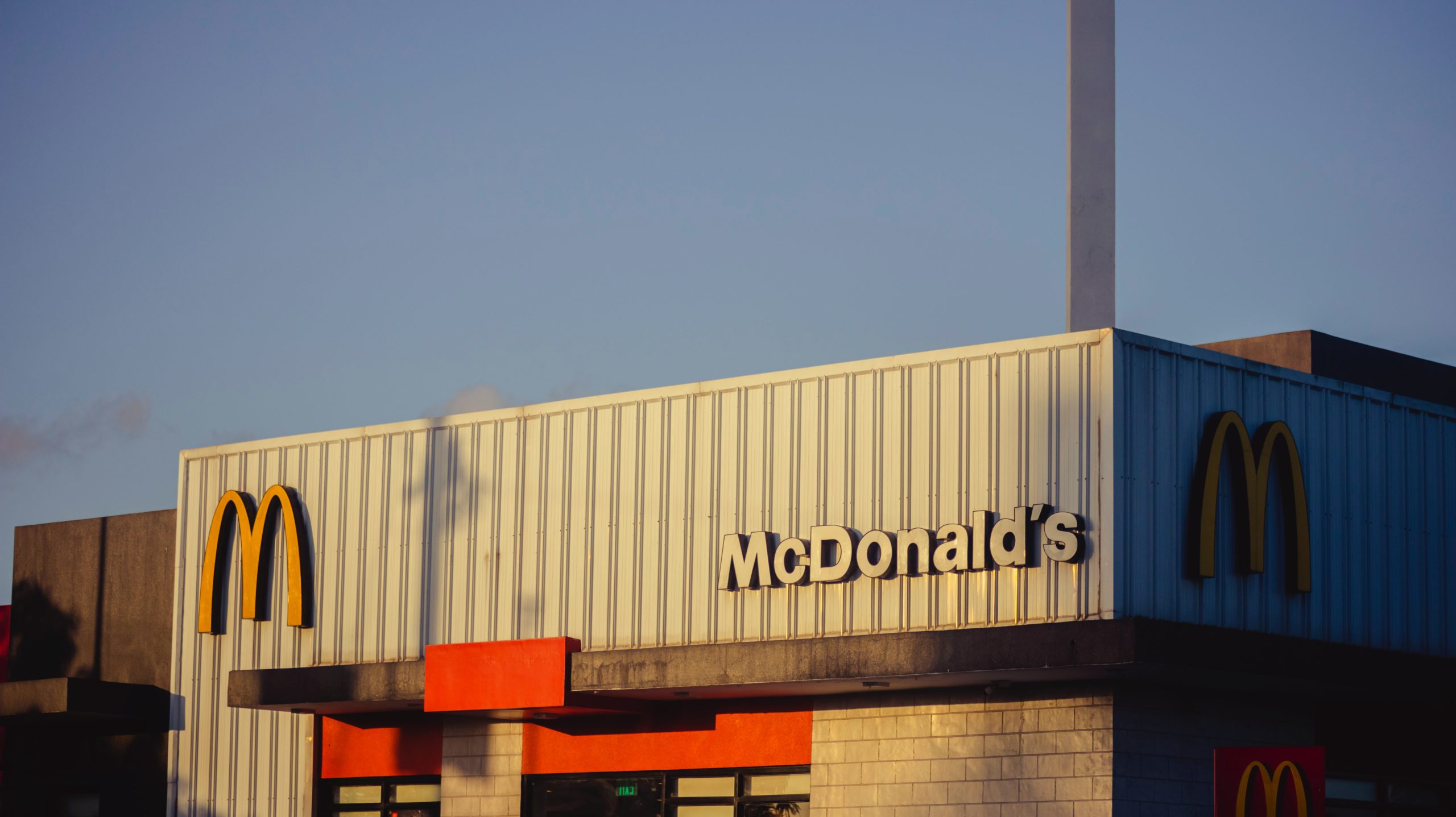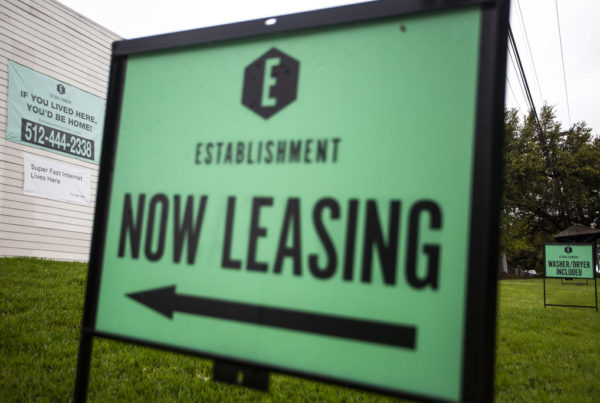Last month, McDonald’s opened a nearly fully automated restaurant in Fort Worth.
Customers order via kiosks, receive food on conveyor belts, and there’s nowhere to sit. If this reduction in face-to-face contact with customers seems surprising, well, it isn’t exactly new. In 2020, as the pandemic took hold, drive-thru sales made up more than 90% of the company’s sales.
Heather Haddon is a reporter with the Wall Street Journal who covers restaurants. She joined the Texas Standard to talk about this McDonald’s and the restaurant industry’s shift away from face-to-face customer service. Listen to the story above or read the transcript below.
This transcript has been edited lightly for clarity:
First off, tell us a little bit more about what this automated McDonald’s actually looks like and how people are reacting to it.
Yeah, it’s located right outside of Fort Worth in a suburb and many of the features are automated, but not all. So they have two drive-thru lanes. And one of these drive-thru lanes is specifically for food that people have ordered ahead. And then a conveyor belt shoots the food down to them and a little robotic arm pushes it out to their car.
You said that they tell an attendant. A human attendant or robotic one?
Well, they notify the restaurant. They’re there. You know, in terms of the actual thing that is delivering your food, it’s no longer a person. It’s a conveyor belt.
But robots aren’t cooking the food, I would guess.
No.
Well, now you write McDonald’s isn’t the only company looking to iterate on its business model with some kind of robotic delivery. Another that you mentioned is Starbucks. Could you say something about their approach?
Yeah, so again, it’s not exactly robotic, but it is very much not the third place experience that Starbucks really started in. This is for mobile order and takeaway in some of these locations. Other locations, it’s primarily drive-thru and other locations, it’s just for delivery orders. So this is something that it’s a very different model that, you know, traditionally Starbucks and other restaurants had operated on, which was about going into a restaurant, ordering from a person and then eating or drinking it inside.
But there’s nothing particularly new about using an app to order food and then showing your app and picking it up at the window. The difference seems, to me, to be if you are in fact there at the restaurant – you haven’t ordered by an app – you may be interacting with a tablet and then you may have a conveyor belt giving you your food so that you’re cutting out some layers of that human contact. But for this to make sense in the restaurant industry, you’re going to have to save some money before you put in those conveyor belts. Where do the savings come in?
So the savings really come in that it is just a whole lot less to clean. There’s a lot less bathrooms to staff and kiosks and front tables to staff when you have no interaction with people. So that’s where one big factor in savings can come, but it’s also smaller units. These restaurants are a lot smaller than a traditional restaurant, so that you save on real estate costs, heating and equipment. It’s just these are smaller restaurants and that makes it cheaper.
How many jobs are at stake? What’s happening in Fort Worth, is that what we’re going to be looking at in the future? And just how much could things change in the restaurant industry as a result?
Well, for the restaurant, companies don’t say they’re eliminating labor with these models. I mean, that is not something that they want to disclose and it’s not something they say is happening. I mean, they say they reinvest the labor hours into other functions, but these restaurants are not the majority of the restaurants that a McDonald’s or Starbucks or Chipotle own. I mean, these are test and learn models. And, you know, I was talking to Chipotle about this. They said “we want to make it clear that these work in certain markets where, perhaps, we already have a real brand presence. We don’t need to market in the way that an actual restaurant does, where you actually go in, you get to see the food, you get to see it made.” And that has a lot of value, of course. So they don’t see this replacing all their restaurants. They see it as supplementing the ones they already have.
All right. Do you buy that or do you think that this is sort of that slippery slope for now?
I mean, I report what the companies say. So this is what they’ve said. And I do think that the tests are pretty small at this point. I mean, let’s see what happens in five years.














